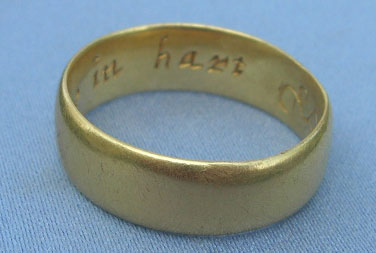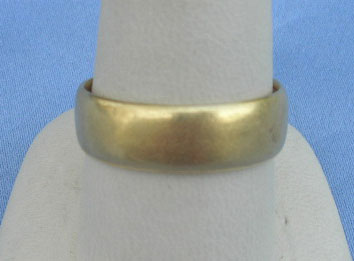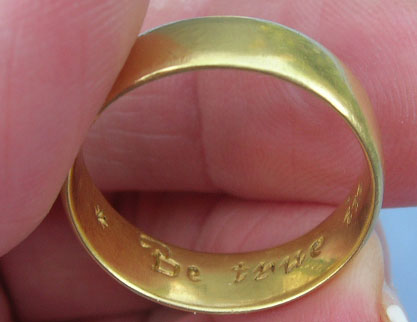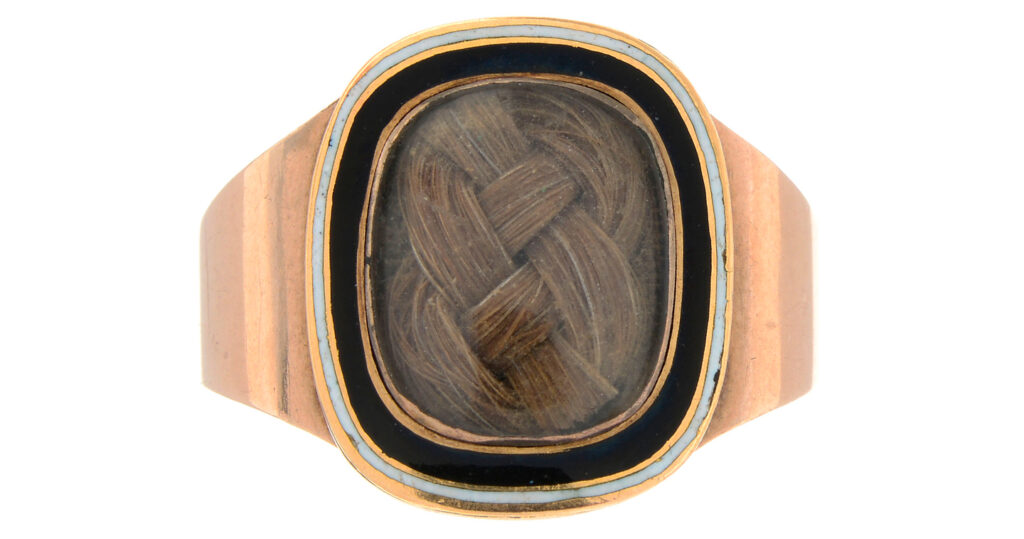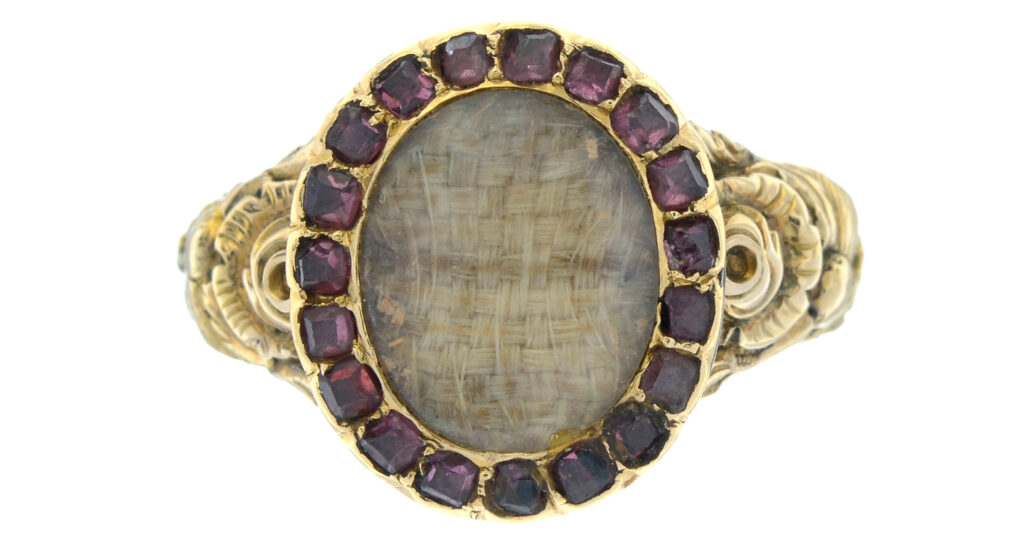“Be true in hart” and Honour a Posie/Poesy Ring
‘Be true in hart’ is a sentiment that is important for its message towards a loved one for many reasons. What we’ve seen from these previous posie/poesy rings:
Is that a relationship is formed through the concept of virtue. Virtue, through its moral platitudes, requires the elements of honesty and faith within a personal relationship to maintain longevity and a pact between two people. Where this message becomes important for its time is that the relationship between two people not necessarily be about betrothal or between the love of a couple in a relationship status. This message can be used as a bond of a friendship and given in friendly faith. Posie rings varied through their giving; everything from marriage to mourning were utilised by their simple and direct messages.
This brings us back to the 16th and 17th centuries, when this message was a popular one. Look to the following rings in brass, silver and gold:
As we have discovered in other articles, the posie’s message was taken prior to the formation of standardised English language in dictionary format and mostly written phonetically. Many of these messages were directly copied from chapbooks (pamphlets sold cheaply containing popular political/social writing as well as lyrics), but what we see in posies is that the popular messages of the day were maintained in the rings. Often, the messages vary and other examples can’t be found, or a popular lyric was used, but sometimes the dedication is so intrinsically personal that the ring may very well be the only one of its kind.
‘Be true in hart’ is a popular sentiment, as can be seen by the contemporary rings of the 16th and 17th centuries. It’s remarkable to consider that this quote would be within the popular lexicon for its day. Yet, the message alone isn’t enough to make it a popular message; we must look to the rings and see why it was a message used throughout social status. From the other examples, we see the use of materials, being as common as brass, as a vessel for the sentiment. It’s often the sentimental jewels of the lowest elements that tell the greatest tale; upper society could afford to purchase bespoke jewellery, but jewels that were created by commoners for the giving of love speak to the culture and society of the times.
With this ring, we have to look at the size of the band, being quite wide, and the careful balancing of the font inscription. Note that the ring has embellishments in design around the sentiment, an extra flourish in a piece that has its sentiment hidden. When a jewel strives to be beyond what its basic sentiment is, regardless of mourning or love, the basis of capturing a feeling or memory is transcended and one must consider the class of society that the jewel was created for. This piece shows a higher element of care and design, as well as being gold, so we can make assumptions about its status. However, when getting personal with a jewel, anything beyond the fact is supposition.
A wonderful ring that unlocks a major part of the vocabulary for its time and opens a door into society. We can learn from it today, so be sure that regardless of your endeavours, you ‘be true in hart’.




